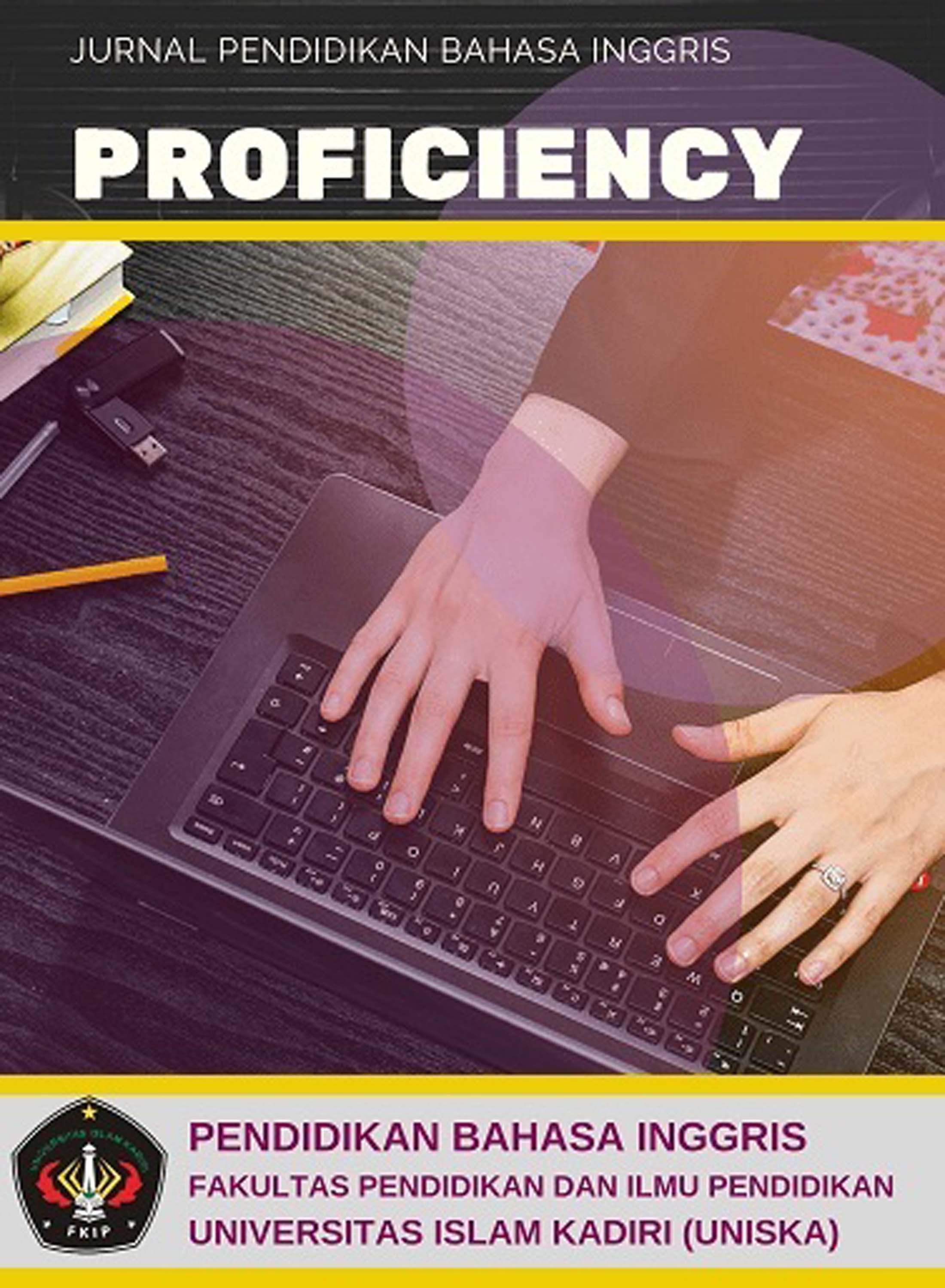Exploring Distance Learning: The Case of Virtual Exchange Program of Kampung Inggris Indonesia and US University for EFL Students
Abstract
Directed to the few numbers of studies in online exchange programs on EFL students, this study purposely investigates about the remote learning between two institutions in Kampung Inggris Pare, Indonesia and a US university. The exploration of this distance learning highlights on the basic motivation of the virtual exchange program with the primary focuses on the learning impulsion between both stakeholders, the pursuit of the virtual exchange program, and the learning outcomes for EFL students affected by the virtual exchange program. Data were gained from the interview, documentation and observation for 6 weeks and were analyzed descriptively. The result of this study unpacks that the main encouragement of both institutions is (a) to construct an international-vibe class, (b) to enhance the EFL students’ cross-cultural understanding and (c) to broaden the intercultural knowledge. The program exertion utilized the SIOP (Sheltered Instruction Observational Protocol) and this country-mile learning brought more implications for the institutions, teachers and EFL students, particularly in confidence of speaking and listening.
References
Duffy, L. N., Stone, G. A., Townsend, J., & Cathey, J. (2022). Rethinking Curriculum Internationalization: Virtual Exchange as a Means to Attaining Global Competencies, Developing Critical Thinking, and Experiencing Transformative Learning. SCHOLE: A Journal of Leisure Studies and Recreation Education, 37(1–2), 11–25. https://doi.org/10.1080/1937156X.2020.1760749
Izzah, N. (2021). Exploring TESOL Teachers’ Perceptions of Project-Based Assessment in ELT Classroom. International Journal of Language Education, 5(2), 102. https://doi.org/10.26858/ijole.v5i2.16284
Kreikemeier, A., & James, C. (2018). COMMENTING ACROSS DIFFERENCE: YOUTH DIALOGUE IN AN INTERCULTURAL VIRTUAL EXCHANGE PROGRAM. Digital Culture & Education, 10.
Kusumawati, A. J. (2020). Redesigning Face-to-face into Online Learning for Speaking Competence during COVID-19: ESP for Higher Education in Indonesia. International Journal of Language Education, 276–288. https://doi.org/10.26858/ijole.v4i2.14745
Luo, H., & Yang, C. (2022). Pedagogical benefits of Chinese-American virtual exchange: A study of student perceptions. ReCALL, 34(1), 37–50. https://doi.org/10.1017/S0958344021000203
Manegre, M., & Sabiri, K. A. (2022). Online language learning using virtual classrooms: an analysis of teacher perceptions. Computer Assisted Language Learning, 35(5–6), 973–988. https://doi.org/10.1080/09588221.2020.1770290
Miles, M. B., Huberman, A. M., & Saldaña, J. (2013). Qualitative data analysis: A method sourcebook (Third). Arizona State University.
Naidu, S. (2022). Reimagining and reengineering education systems for the post-COVID-19 era. Distance Education, 43(1), 1–5. https://doi.org/10.1080/01587919.2022.2029652
Nguyen, J. (2011). Making Content Comprehensible for Secondary English Learners: The SIOP Model (3rd ed.) - Jana Echevarría, MaryEllen Vogt, and Deborah J. Short. The CATESOL Journal, 22(1). https://doi.org/10.5070/B5.36231
Pratiwi, W. R., Atmowardoyo, H., & Salija, K. (2020). The Need Analysis of Participation in an English Immersion Village at Kampung Inggris Pare. International Journal of Language Education, 158–170. https://doi.org/10.26858/ijole.v4i2.12599
Salomão, A. C. B., & Viana da Silva, E. (2020). The application of the Global Competence Matrix in a virtual exchange program with US and Brazilian students. Journal of Virtual Exchange, 3 (SI-IVEC2019), 1–12. https://doi.org/10.21827/jve.3.35804
Schenker, T. (2013). The Effects of a Virtual Exchange on Students’ Interest in Learning About Culture. Foreign Language Annals, 46(3), 491–507. https://doi.org/10.1111





























